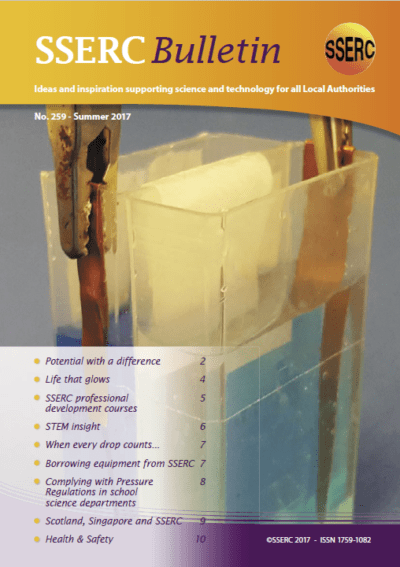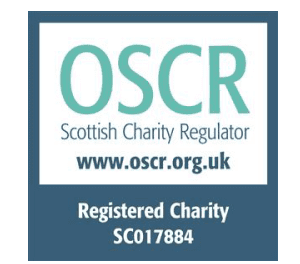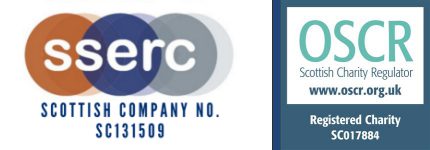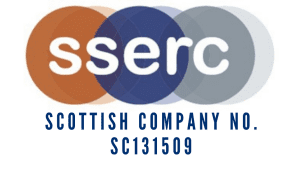In this article, we aim to show how it is possible to make and investigate electrochemistry on a small scale using simple and cheap half cells made from ‘tic-tac’ boxes. (Pupils can readily be persuaded to eat the contents!).
It has been about five years since we looked at the topic of bioluminescence [1] in this Bulletin. Since that time there have been some revisions to the documentation relating to both Higher Biology and Higher Human Biology qualifications [2, 3] but in both subjects one of the suggested learning activities continues to be ‘Experiments on ATP dependent reactions, e.g. luciferase, luminescent reactions’.
SSERC professional development courses
An update on the courses SSERC is offering over the next few months.
The STEM Insight programme looks to inspire secondary teachers of STEM subjects and FE professionals to enrich their knowledge of STEM industry so they can better support their students.
The Biology Team in SSERC has recently published a number of experimental ideas involving “immobilised” beads of enzymes, yeast, algae etc.
The new SSERC Technology team arrives.
Health and Safety
C. elegans is widely used as model organism for helminthic parasites. The most common human helminth infection in the UK is threadworms or pinworms (Enterobius vermicularis). C. elegans therefore is a useful model organism for project work. Here is an update on safety considerations.
Pupils and students must, of course, never build circuits that run directly from mains electricity. Batteries make
a safe, effective substitute, provided you follow some simple advice.
Sampling Demodex in schools is not recommended. The size, density and location of mites make it difficult to ensure that a sample will contain mites. In addition students may fi nd it difficult to locate individual mites under the microscope. Also individuals with skin conditions about which they may be sensitive are more likely to produce samples with mites..
Complying with Pressure Regulations in school science departments
School science departments are likely to own apparatus covered by the Pressure Systems Safety Regulations (PSSR).
Devices covered by this legislation that may be used in schools include: Model steam engines (e.g. Mamod, Wilesco), Pressure cookers and Autoclaves (see particular issues with thermostatically controlled autoclaves). This article tells you what you need to do to comply with the legislation.




